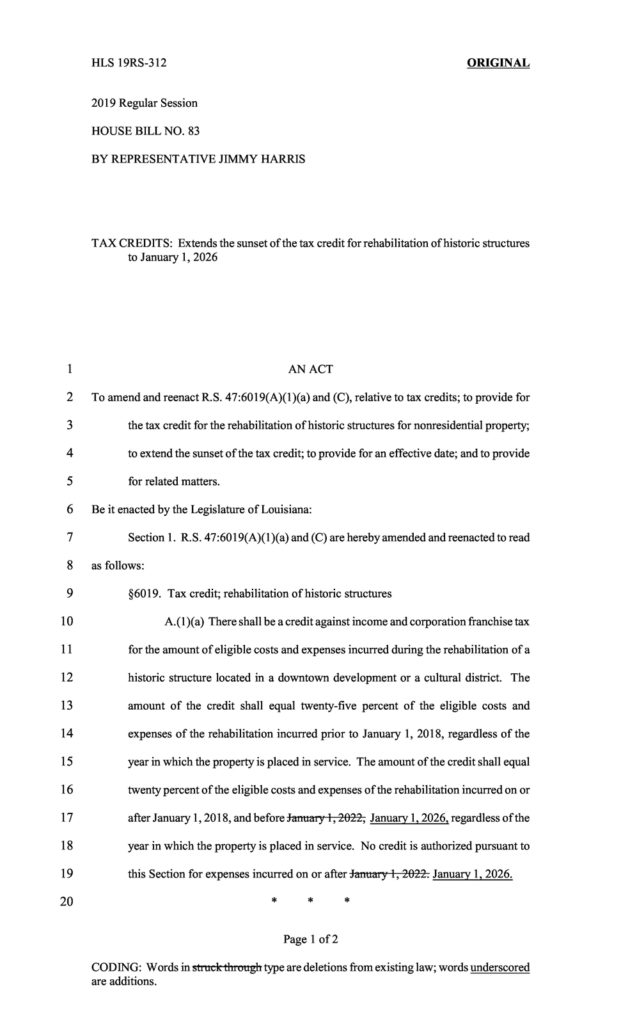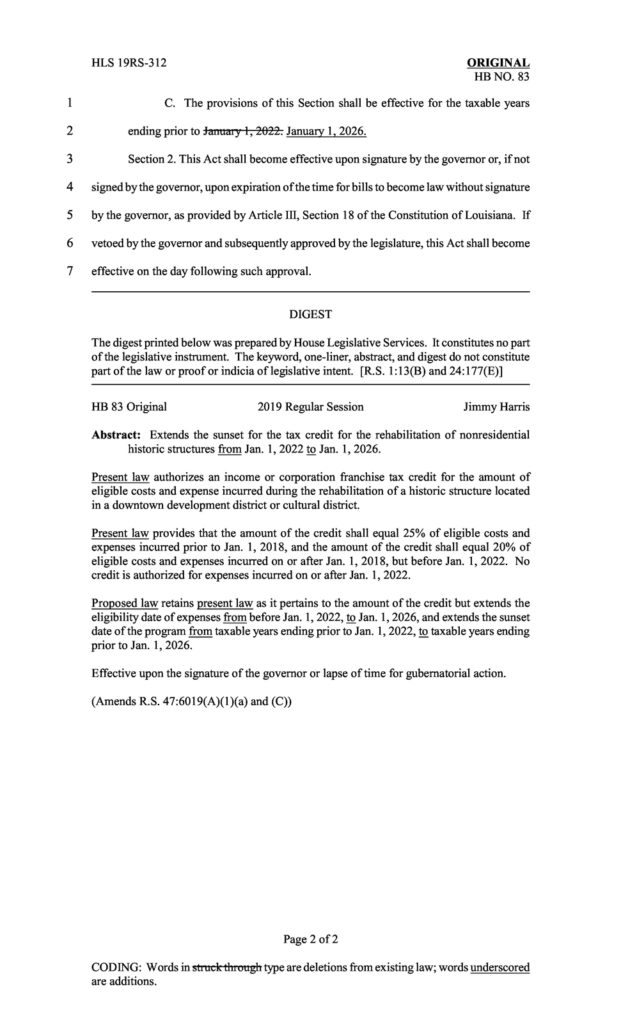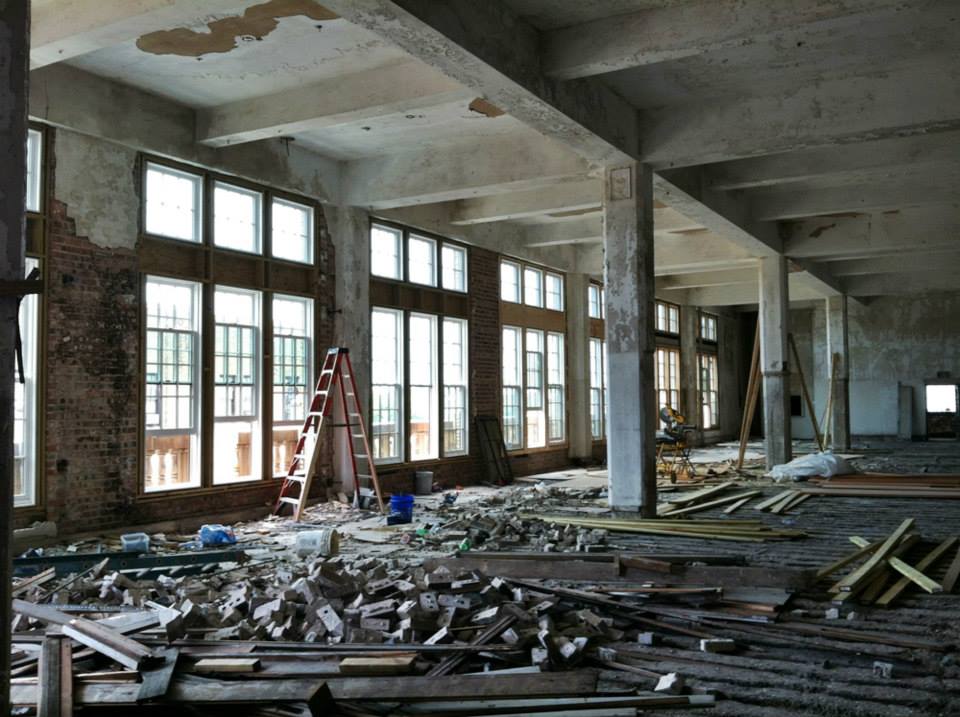We often talk about Historic Tax Credits, or HTC. They’re important because there’s a lot of risk in renovating a historic, often long-vacant building, and banks, owners and developers hate risk. Let’s face it, risk can be bad for the bottom line and most people are looking for the easiest and quickest return on their investment.

The developers took a BIG risk in rehabbing the former Sears Department Store downtown to upscale apartments.
The Louisiana Legislature has just approved HB 483, which is something to cheer about. With the exception of one member of our local delegation, ALL local House and Senate members voted to approve the bill, which extends the sunset (ending) of HTC to Jan. 1, 2029, and increases the credit from 20% to 25% of all qualified costs to renovate a ‘contributing historic element’, which includes many of the buildings in downtown Shreveport. All that is left now is the Governor’s signature.
This is big. That 5% increase lessens the risk and decreases the ‘break even’ time for historic projects. It could – without a doubt- encourage more projects in downtown Shreveport. We are happy dancing like crazy, and if you love seeing historic buildings come back to life and seeing more properties helping fortify our tax base, you should be, too.
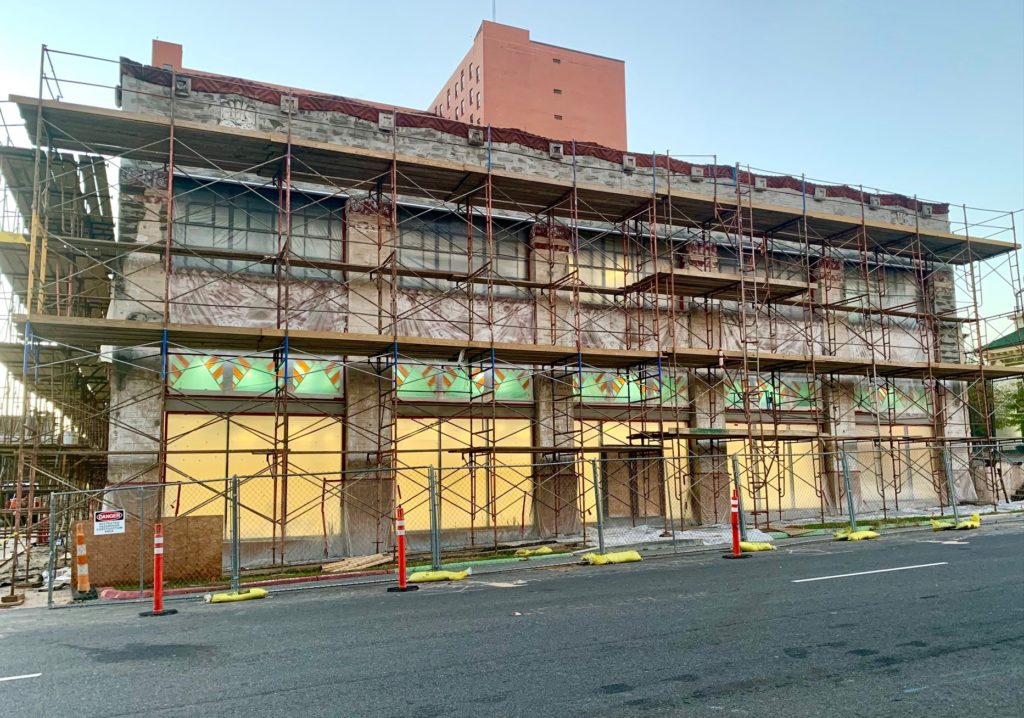
Another HTC project- 717 Crockett Street.
Not every building qualifies for HTC- the Downtown Development Authority can help you determine which do and don’t in downtown Shreveport. Not every developer will use them- it is entirely up to the property owner whether to apply and wait for approval and do all the paperwork and jump through the sometimes- hoops of HTC. We have had some great smaller projects downtown that have opted not to use them, but to a project, all the larger ones have- and must.
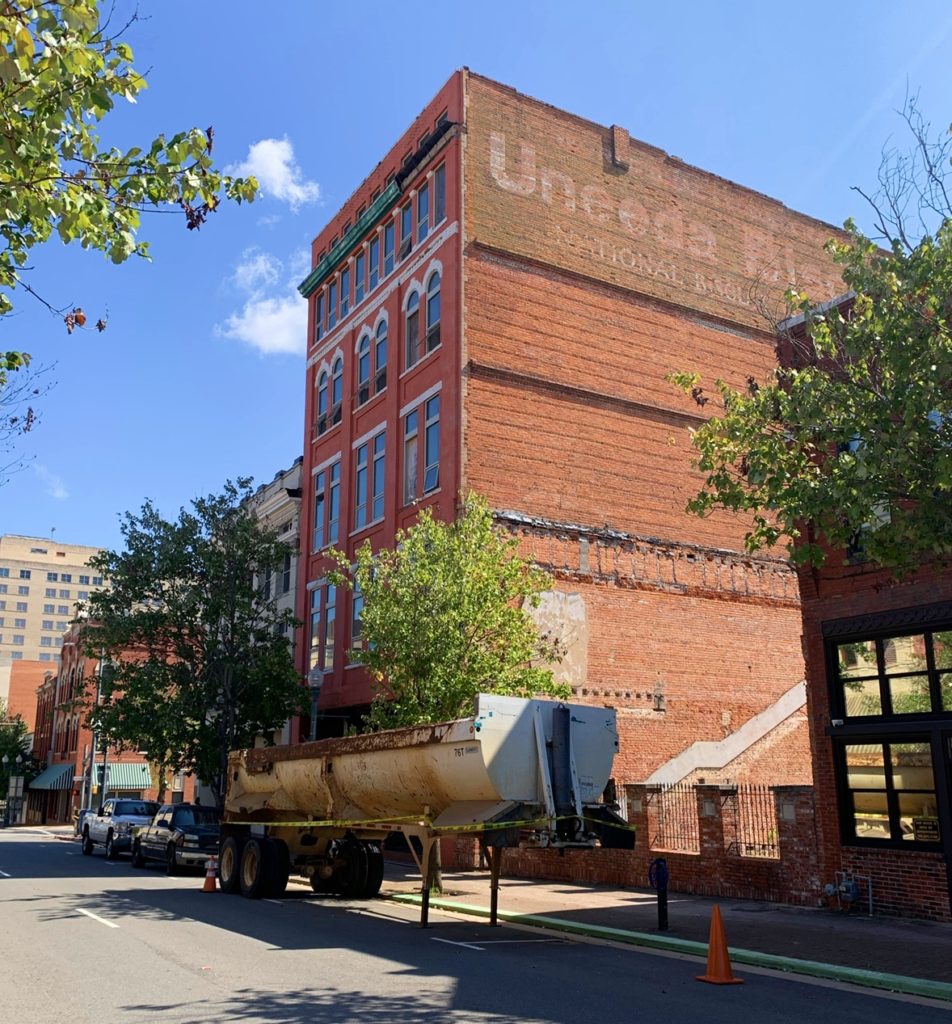
Uneeda Lofts developers have utilized HTC to return this beautiful building to life.
From Lee Hardware and United Jewelers in the 1990s to Ogilvie Hardware Lofts, the Lofts at 624, and the Standard in the ensuing years, state and federal HTC have helped downtown develop a residential component that was completely lacking- and terribly important.
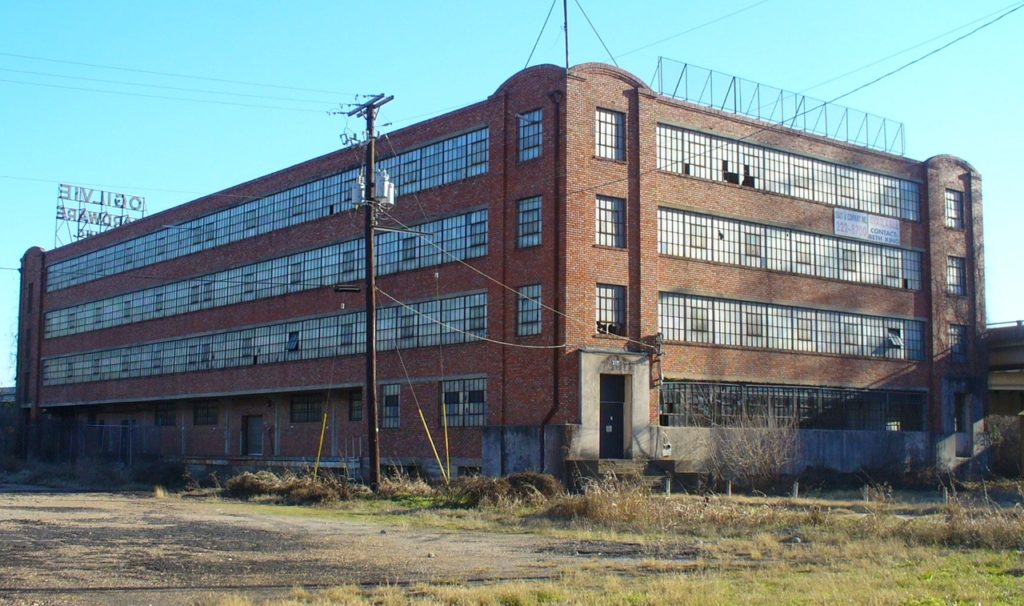
Ogilvie Hardware Lofts would not exist if not for HTC. This is their ‘before’ photo.
Hat’s off to all those across the state who worked with legislators to tell them the story on why HTC matter, and how they strengthen local communities…and to our legislators for listening to those stories and supporting us. This is a win for our downtown, our community and our state. Congratulations to all.
Here’s the story of HTC- and why they matter to all of us.
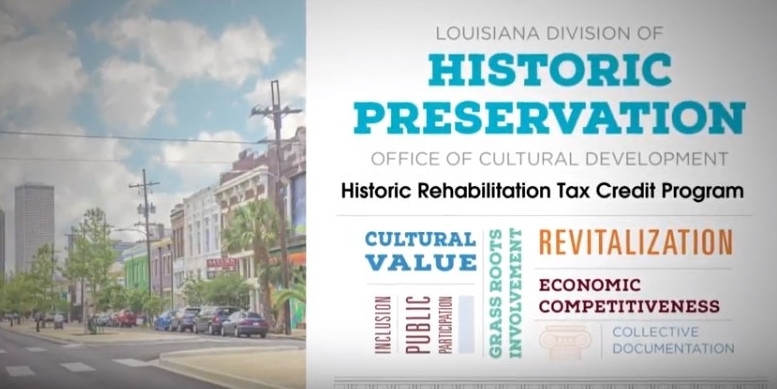
HTC help communities throughout the state.
As regular as clockwork -and the legislative session- comes the opportunity to share the story of why commercial historic tax credits are something that has made Louisiana stronger and our communities richer. Each spring we return to Baton Rouge to defend or extend these credits, a little bit of risk abatement that have made remarkable differences in cities from Monroe and Shreveport to New Orleans and Baton Rouge. In a state divided by geography, religion, football team affiliation and political party, this historic tax credit is one of the few economic-development, historic-preservation, urban-renewal programs that has both brought the state’s factions together and done what it has promised (and more).
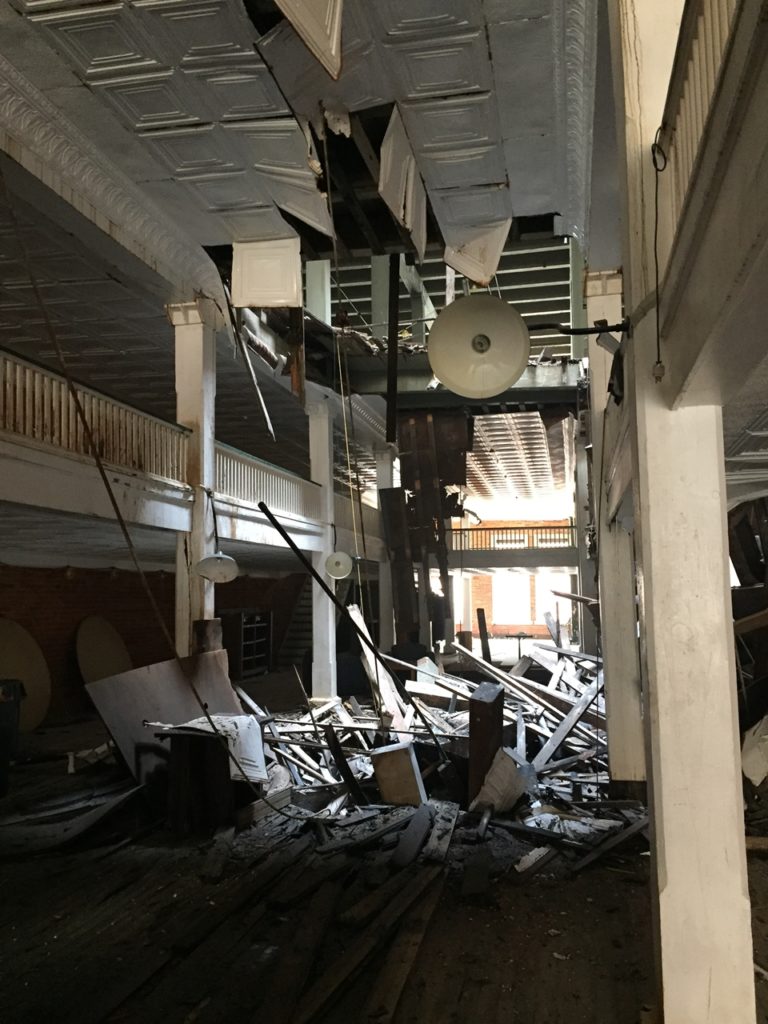
The interior of Uneeda Biscuit Building before rehab. Grim.
When the credit was first introduced in the mid-2000s, it was envisioned as a way to remove a small piece of the risk inherent in rehabbing troubled and often, blighted, buildings. These were often buildings in the urban core reeling from decades of neglect, that were either off the tax rolls or nearly so, creating no jobs and no opportunities, blighted and derelict. The old Arlington Hotel on Cotton Street in downtown Shreveport is one, and so is the Uneeda Biscuit building on Milam.
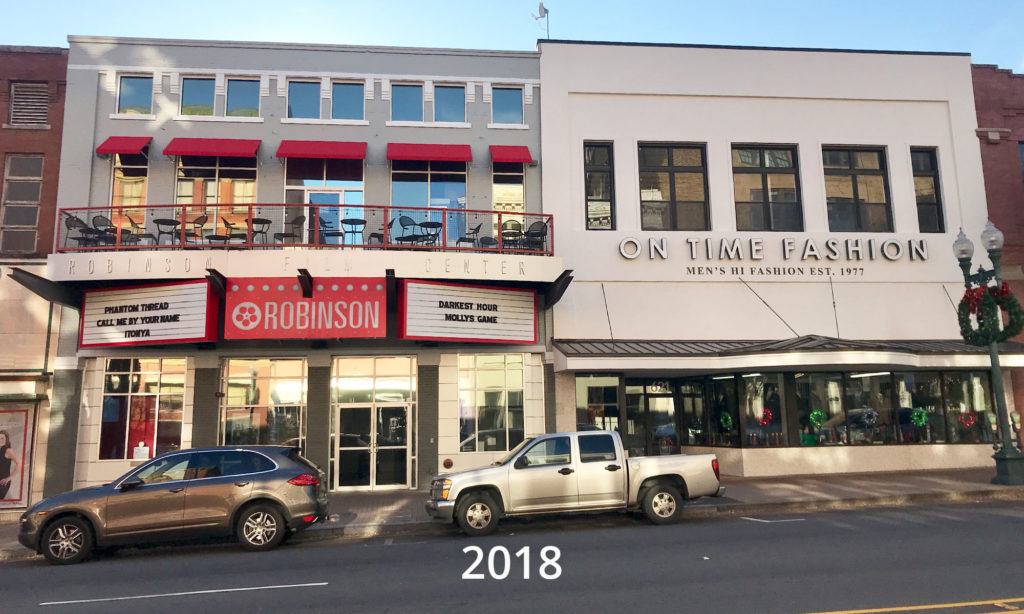
617 Texas Street post-rehab. HTC helped make Robinson Film Center possible.
Several years ago, the old Sears building on Texas Street was in the same category. It was a bricked-up fortress of a building taking up a third of a city block on the prime thoroughfare of downtown. It was empty, sketchy, and altogether foreboding. A few years earlier, two other buildings nearby, the one that now houses artspace in the 700 block of Texas and the Robinson Film Center building in the 600 block of Texas were equally unproductive, vacant and sad. All have been rehabbed and brought back to vibrant life.
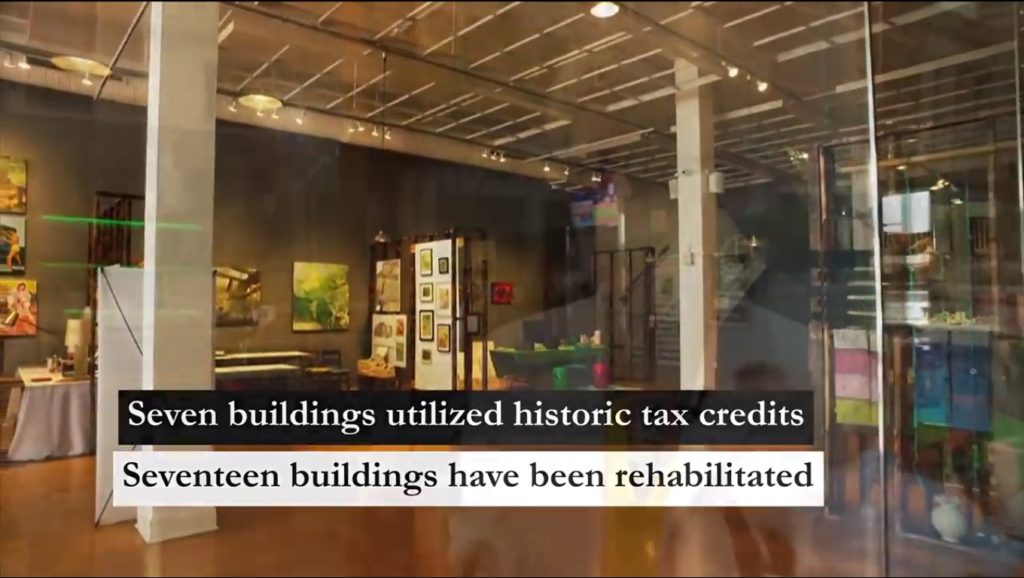
On Texas Street alone, the impact has been huge.
These projects were not done because of the tax credits, the rehabs cost far more than the tax credits returned… but the credits did help abate a portion of the sizeable risk. Important, yes, but even more important is that over the years the credits have created a strong catalytic effect in the places where they have been used.
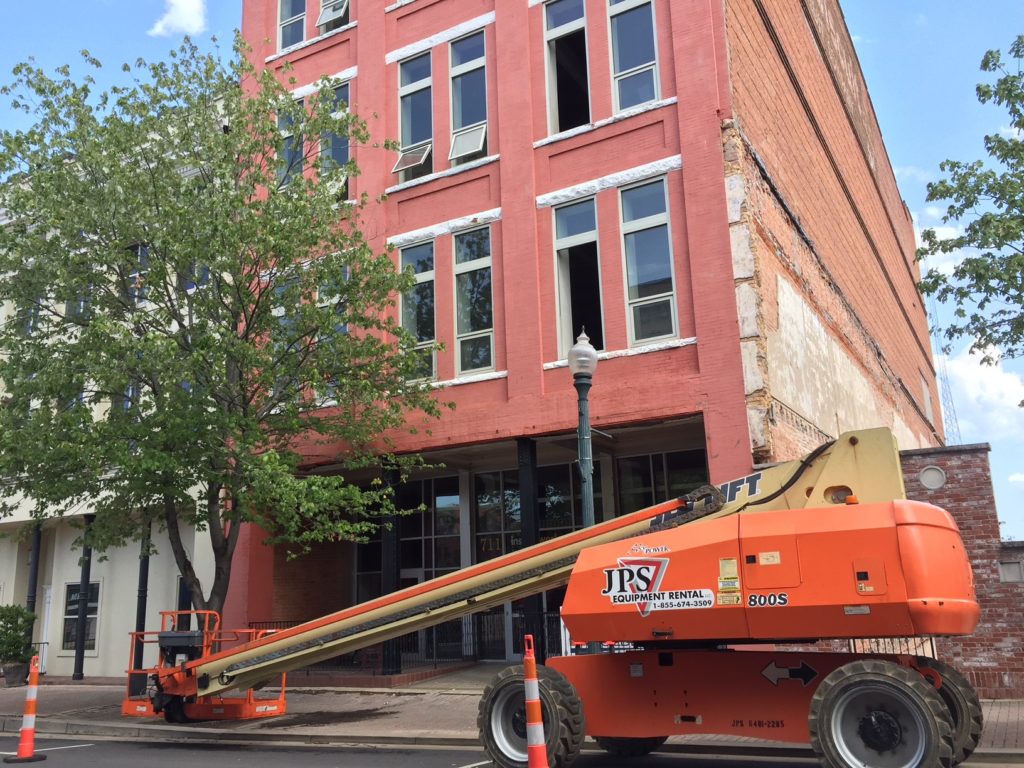
HTC helps mitigate some of the construction cost risk.
In just the 600 and 700 blocks of Texas in downtown Shreveport in the last 15 years we have seen $40 million in investment. Seven of the buildings in those two blocks were approved for tax credits, but 17 buildings have been completely or substantially improved. Those ten additional buildings that did not apply for or get credits were still made more attractive as investments because of those buildings that did. That’s major stuff, and we’re seeing it around the state. Huge strides have been made, but our challenges are not over until the last building is loved and improved. Please let your legislators know that you appreciate their efforts to save our historic structures and in doing so, improve our future.
ORIGINAL STORY & Text of HB 83/ SB 222
Once again, the Louisiana Legislature will be taking up the issue of commercial Historic Tax Credits. Two bills have been filed, HB 83 by Representative Jimmy Harris and SB 222 by Senator Neil Riser. (See HB 83 below, both bills are the same).
What Rep. Harris and Senator Riser seek to do is extend the very helpful historic tax credits until January 1, 2026. These credits apply only to a certain historic properties in state and provide a small bit of risk abatement in rehab projects. The credits have proved invaluable in downtown 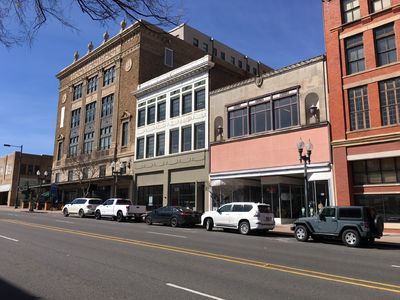 revitalization and historic preservation projects from Shreveport and Monroe to New Orleans and Baton Rouge and most larger towns and cities in between. Rep. Jim Morris of Oil City is a co-sponsor of HB83, and local legislators have long seen the importance of the continuation of the credits; we appreciate their ongoing support. Please let them know that you support the continuation of the credit, too.
revitalization and historic preservation projects from Shreveport and Monroe to New Orleans and Baton Rouge and most larger towns and cities in between. Rep. Jim Morris of Oil City is a co-sponsor of HB83, and local legislators have long seen the importance of the continuation of the credits; we appreciate their ongoing support. Please let them know that you support the continuation of the credit, too.
Want more information?
Louisiana Historic Tax Credit Video
Louisiana Tax Credits state website
PlaceEconomics Report on Louisiana Historic Tax Credits
